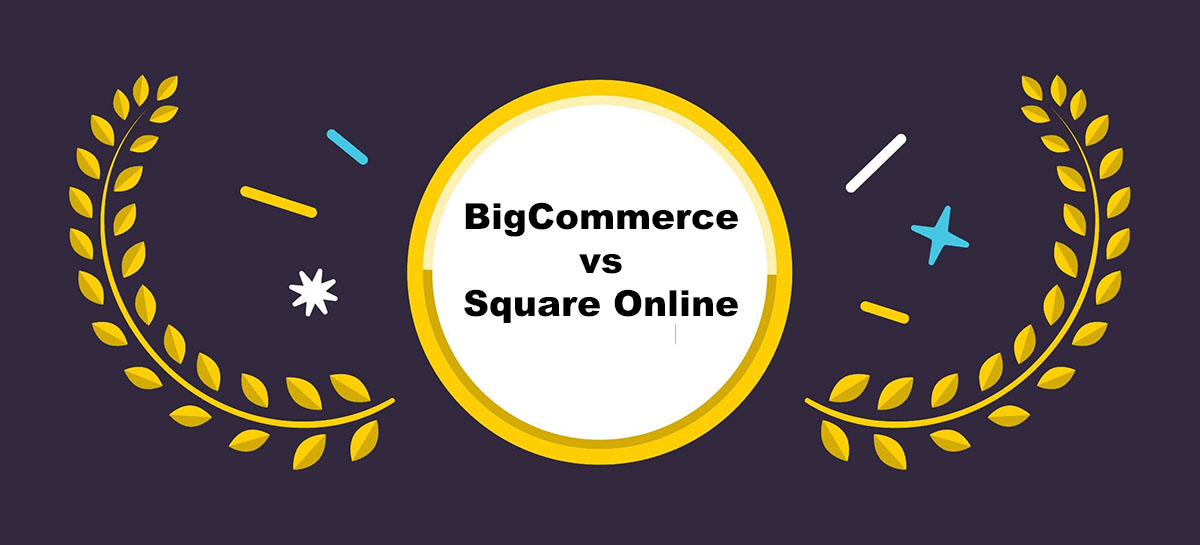If you’re launching or running an online store, you’ve probably already hit the crossroads: which platform should I build on?
I’ve been in ecommerce for over a decade — ran my own brands, built stores for clients, worked across everything from Shopify to WooCommerce to Magento. And I’ll be real with you: the platform you pick will either make scaling smoother or turn into a bottleneck you regret six months in.
BigCommerce and Square Online both look appealing. One’s built for scalability and complexity. The other’s designed for ease and integration with in-person sales.
So, which one fits your business?
I’ve tested both. I’ve built stores on both. And in this guide, I’ll break down exactly where BigCommerce and Square Online shine — and where they fall short.
BigCommerce vs Square Online: Quick Verdict
Square Online – Great for local or service-based businesses already using Square’s POS system. It’s simple, low maintenance, and works well if you’re not heavily focused on ecommerce.
BigCommerce – Better for online-first stores that care about SEO, need room to grow, or want deep integrations and product options. There’s more to learn, but it pays off fast.
Best for Pricing: Square Online Is Cheaper, But BigCommerce Has More Long-Term Value
Square Online grabs attention with one big feature: you can start for free.
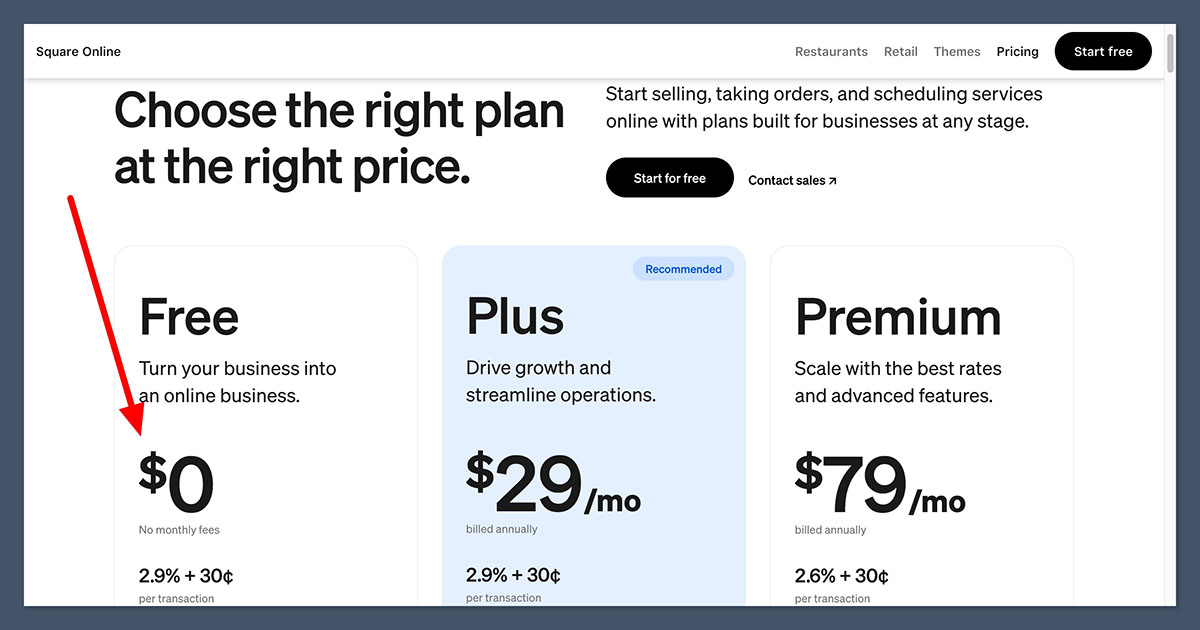
If you’re a solo operator just getting online, it’s hard to beat that. The free plan includes unlimited products and syncing with Square POS — but your site will carry Square branding and you’ll have limited access to custom features.
Once you grow, you’ll likely need to upgrade. Their paid plans start at $29/month, with their premium plan landing at $79/month. You also pay 2.9% + 30¢ per transaction, with no option to choose other gateways.
BigCommerce, by contrast, doesn’t offer a free plan — but it’s more transparent. Plans start at $39/month and go up to $399/month depending on features and revenue.
You don’t pay any additional platform fees, and you’re free to choose from over 65 payment gateways like Stripe, PayPal, and Square.
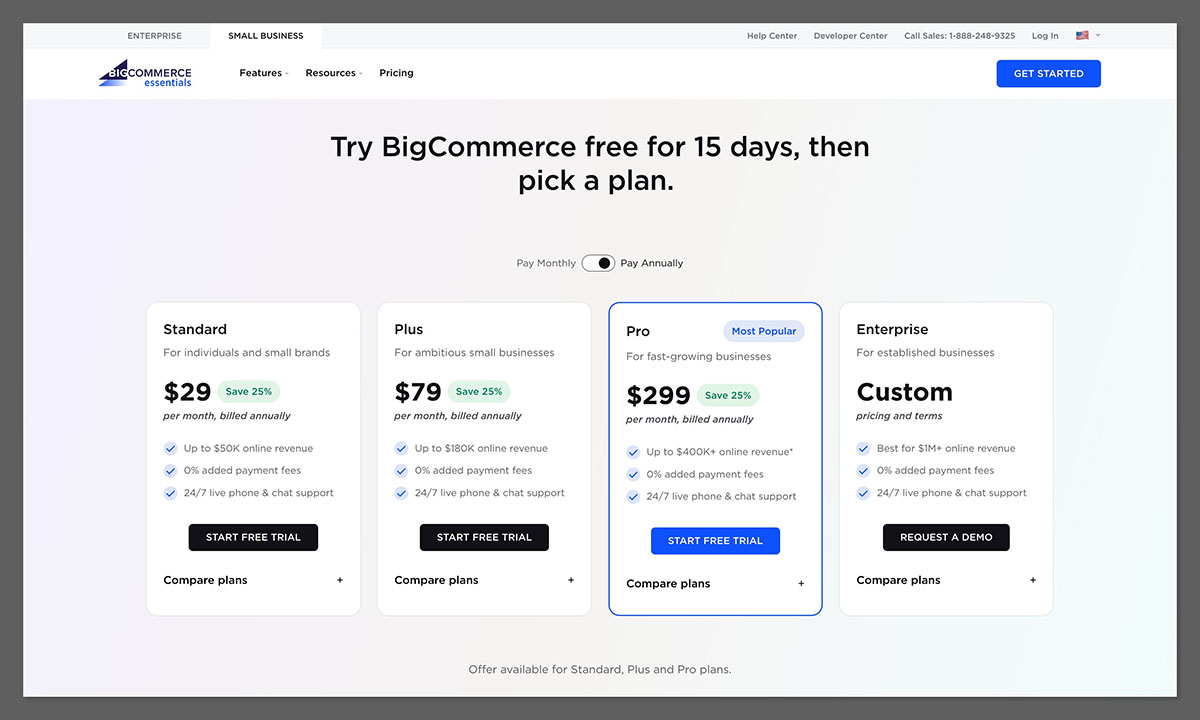
This means if you’re doing any sort of decent monthly revenue, BigCommerce can actually save you money on processing fees compared to Square’s fixed setup.
The Winner
Square Online wins if you’re starting with zero budget and want a quick launch.
But BigCommerce wins long-term for businesses looking to scale without being boxed in by fees or limitations.
Easiest to Use: Square Online Is Simpler, BigCommerce Gives More Control
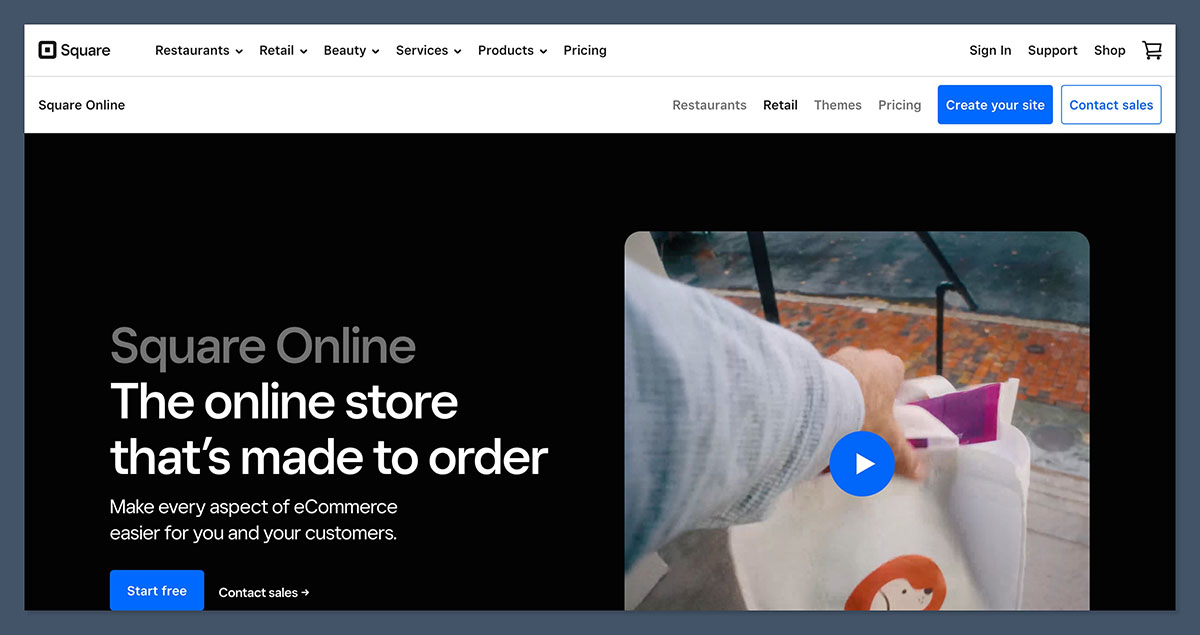
I’ve walked clients through both platforms, and this much is true: Square Online is easier to learn.
You can sign up and have your first product live in under an hour. The editor is clean, simple, and perfect if you’re not technical. But it’s also rigid.
Customisation is limited, and you’ll quickly hit walls if you want to tweak checkout, design, or user flow.
BigCommerce has a steeper learning curve. The onboarding takes more steps, and the backend isn’t as polished as Shopify or Squarespace.
But once you’re familiar with it, you get far more power over things like:
- Product filtering
- Variant setup
- Promotions
- Multi-storefronts
The Winner
Square Online wins for ease and speed.
BigCommerce wins for depth and long-term flexibility.
Your decision depends on how much control you want — and how much learning you’re willing to do.
Best for Selling Online: BigCommerce Offers More Ecommerce Firepower
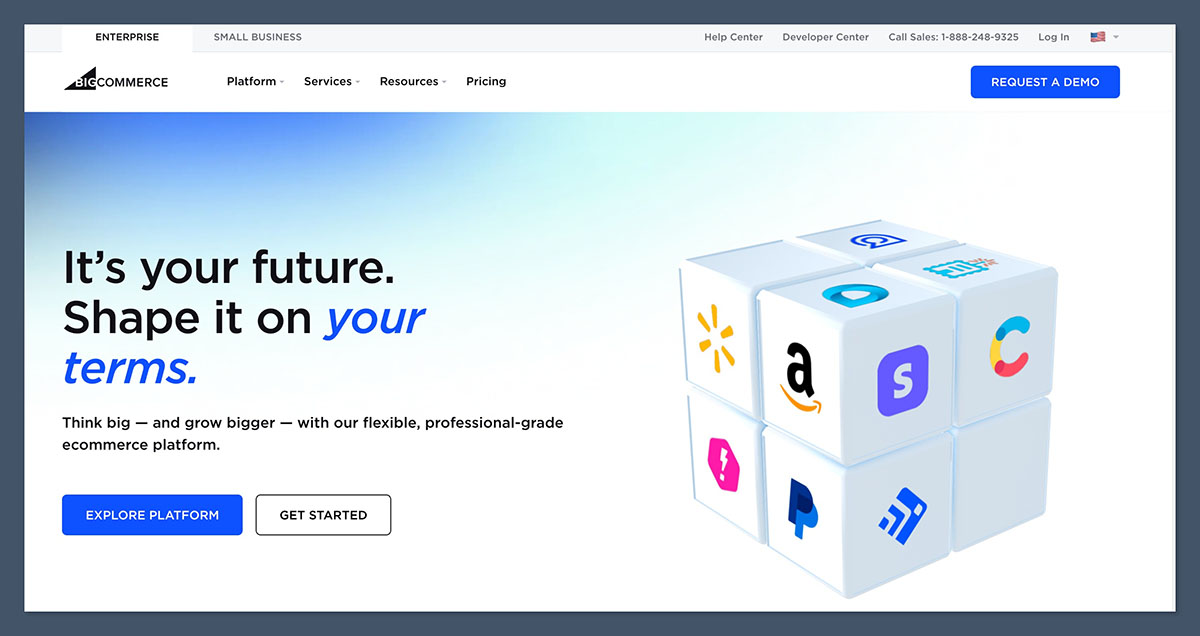
If ecommerce is your core business, this section matters most.
BigCommerce was built specifically for online selling. It handles complex catalogs, digital and physical goods, B2B pricing tiers, abandoned cart recovery, and built-in SEO tools.
You can sell across multiple channels — including Amazon, eBay, and Instagram — right from your dashboard.
Square Online supports multichannel selling too, but with fewer controls and more dependence on Square’s ecosystem.
It’s perfect for syncing your POS to online — but not ideal for managing hundreds of SKUs, digital products, or custom categories.
Both platforms let you set up discounts, automate sales emails, and manage shipping. But BigCommerce offers more options, especially for advanced use cases.
The Winner
BigCommerce wins. It’s more powerful, more scalable, and better built for growing ecommerce operations.
Best for In-Person Selling: Square Online Wins (By Miles)
Here’s where Square dominates.
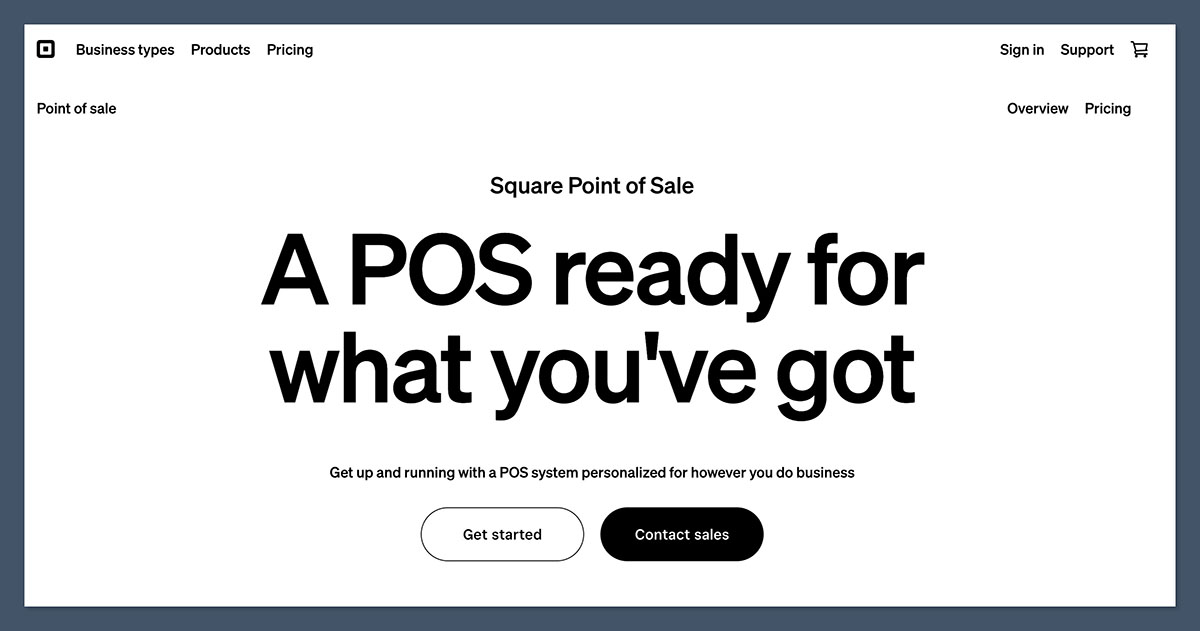
If you already use Square POS, Square Online is built to work seamlessly with your setup. It syncs inventory automatically, lets customers order online and pick up in-store, and keeps sales and customer data unified.
BigCommerce doesn’t offer a native POS system. You can integrate Square POS (or others), but it’s a separate app with extra setup. It’s fine, but it’s not as clean as Square’s all-in-one system.
So, if you’re running a physical store, café, or pop-up and want to bring that experience online — Square Online is the obvious pick.
The Winner
No contest. Square Online wins for in-person and omnichannel sellers.
Best for SEO: BigCommerce Has the Edge
I’m obsessed with SEO — and I’ve tested both platforms for how well they’re built to rank.
BigCommerce gives you full control over:
- Customisable URLs
- Metadata (titles, descriptions)
- Product schema
- Canonical tags
- 301 redirects
- Robots.txt and sitemap
It’s built for visibility — especially useful if you plan on ranking for niche terms or growing through content.
Square Online? You get some basics like page titles and image alt text, but you don’t have control over URL structure or deeper technical elements. It’s good enough for a basic site, but you’ll outgrow it fast if search traffic matters.
The Winner
BigCommerce wins for SEO — hands down. It’s far more optimised and flexible for long-term organic growth.
Best for Templates and Design: Square Online Keeps It Simple, BigCommerce Offers More Customisation
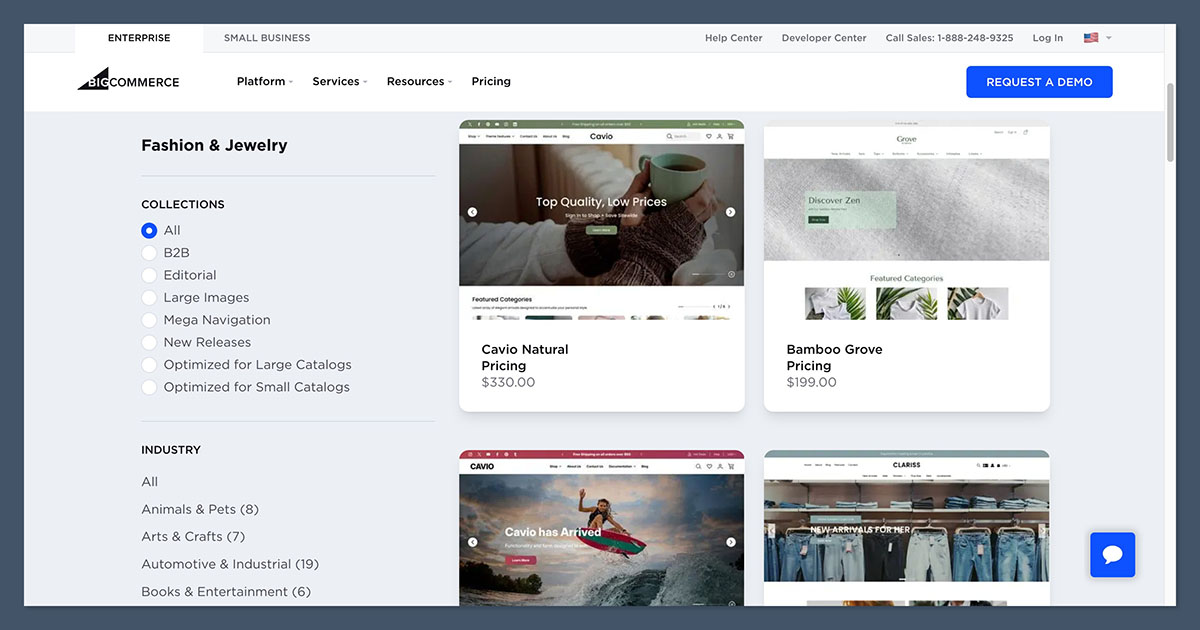
Both platforms give you a selection of templates to start with. Square’s are clean and modern, but limited in variation and control.
You won’t find a massive library, and most templates are designed with local service businesses in mind. If you want to heavily customise layout or user experience — you’ll hit limits.
BigCommerce has more templates and deeper customisation options. You can access HTML/CSS, use their Stencil theme framework, and tweak mobile layouts and UX. This is huge if brand identity is a big part of your business.
That said, if you’re just trying to get online without worrying about design, Square’s simplicity might appeal more.
The Winner
Square Online wins for simplicity.
BigCommerce wins for flexibility and branding control.
Best for Payment Options: BigCommerce Is More Flexible
Square Online only lets you use Square Payments. That’s fine for most, but if you want to offer other options like PayPal, Stripe, or Buy Now Pay Later providers like Klarna — you’re out of luck.
BigCommerce lets you integrate with over 65 payment providers, including:
- PayPal
- Stripe
- Amazon Pay
- Square
- Apple Pay
- Google Pay
Plus, there are no added transaction fees no matter what gateway you choose. That flexibility is especially helpful if you’re selling internationally or want to shop around for lower processing rates.
The Winner
BigCommerce wins. More options = more customer flexibility and better rates.
Best for Marketing and Growth: BigCommerce Gives You More Tools
Marketing’s not optional if you want to scale. Here’s where BigCommerce starts pulling away.
Out of the box, BigCommerce offers:
- Abandoned cart recovery
- Built-in blog
- Customisable product pages
- Built-in reviews and ratings
- Integration with Google Shopping, Facebook, Instagram
Square Online does some of this, but usually with extra apps or simpler versions. There’s no built-in blog, no advanced product filtering, and fewer customer segmentation tools.
If you’re serious about email, SEO, and paid campaigns — BigCommerce has better tools and integration options to help.
The Winner
BigCommerce wins again. It’s better built for long-term marketing and customer growth.
Best for Apps and Integrations: BigCommerce Offers More Ecommerce-Focused Tools
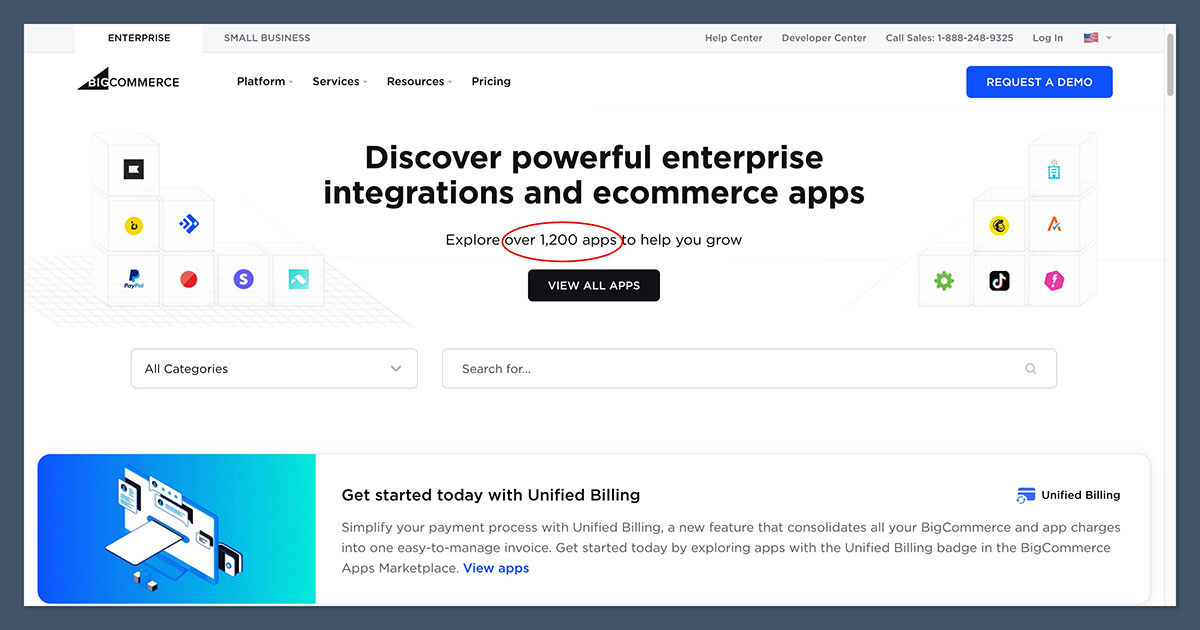
Square Online is part of a larger ecosystem, which can be great — if you’re using their POS, payroll, or banking features.
But when it comes to third-party ecommerce tools, the app marketplace is small and mostly focused on Square-specific use cases.
BigCommerce has a dedicated App Marketplace with over 1000 ecommerce-specific integrations, including:
- Shipping (ShipStation, EasyShip)
- Reviews (Yotpo, Judge.me)
- Loyalty programs
- CRM and inventory management
- Email marketing (Klaviyo, Mailchimp)
This means you can build the exact stack you need without jumping through hoops.
The Winner
BigCommerce wins for app variety, depth, and ecommerce focus.
Best for Support: Both Offer 24/7 Help, But BigCommerce Offers More Strategic Support
Square offers great support for its ecosystem. If you’re using their POS hardware or need help processing a refund — their team is solid.
But when it comes to ecommerce-specific support, BigCommerce feels more aligned. Their reps understand the challenges of online retail, and their documentation covers more technical topics like SEO, integrations, and headless commerce.
Both platforms offer 24/7 chat and phone support.
But in my experience, BigCommerce’s support is more tailored to ecommerce sellers — not just general tech troubleshooting.
The Winner
BigCommerce wins — especially for growth-stage or multi-channel businesses.
Final Verdict: Which Should You Use?
Here’s the bottom line — I’ll keep it brutally honest.
- Use Square Online if you’re a local business or a solo seller already tied into the Square ecosystem. It’s perfect for food trucks, barbers, yoga studios, or anyone who wants a simple, synced system with zero complexity.
- Choose BigCommerce if you’re planning to build a real ecommerce business. Whether it’s a niche DTC brand, a wholesale operation, or a fast-growing Shopify alternative — BigCommerce gives you the tools and flexibility to scale.
FAQs
Is Square Online really free?
Yes, but you’ll have Square branding and limited features. You’ll likely upgrade if you’re doing real business volume.
Can I switch from Square to BigCommerce later?
Yes, but it’s a manual process. If you expect to scale, it’s better to start with BigCommerce and avoid the migration pain.
Is BigCommerce hard to learn?
Not hard — but more involved than Square. If you’re comfortable with tools like Shopify or WooCommerce, you’ll adapt quickly.
